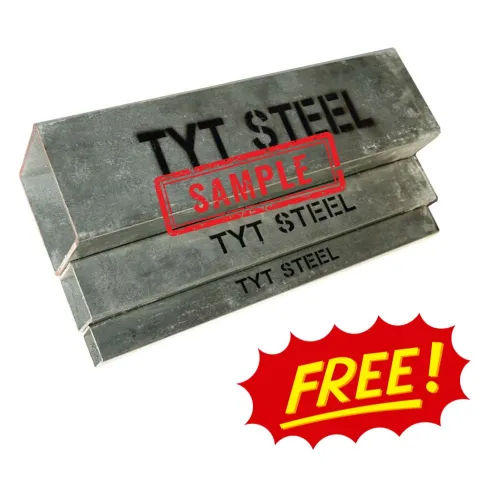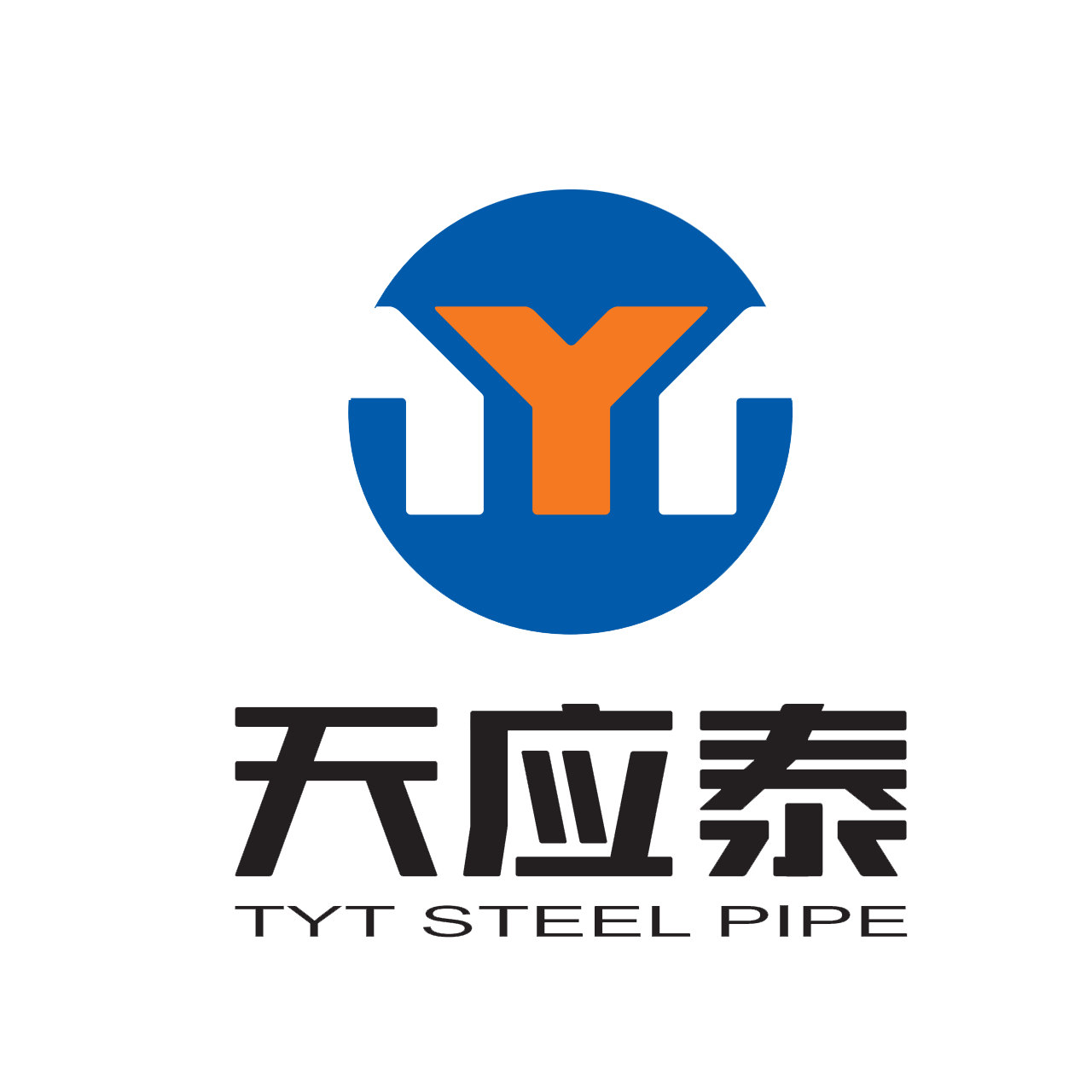Definition of a Rectangular Tube
Rectangular tube, also known as rectangular hollow section (RHS), is a structural metal profile characterized by a rectangular shape, sharp corners and uniform thickness.
Overview of Rectangular Tube Design
Shape and Dimensions
The rectangular tube, as the name suggests, is a hollow structural shape with a rectangular cross-section. It is characterized by its long sides being parallel and of equal length, while the shorter sides are also parallel and of equal length.
This distinct shape lends itself to a wide range of applications across various industries. Rectangular tubes come in different dimensions to suit specific requirements.
Length variations can be customized based on project specifications, ensuring optimal fit and functionality. Width and height variations allow for flexibility in design, accommodating diverse structural demands.
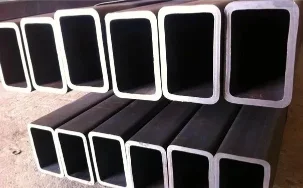
Length, Width, and Height Variations
Rectangular tubes are available in a variety of standard lengths but can also be cut to custom lengths as needed. This adaptability makes them highly versatile in construction applications where precise measurements are critical for seamless integration into frameworks or structures.
The width and height dimensions of rectangular tubes may vary depending on the intended use. They can range from relatively small sizes suitable for lightweight applications like shelving units or furniture frames to larger dimensions used in heavy-duty structures such as bridges or industrial machinery.
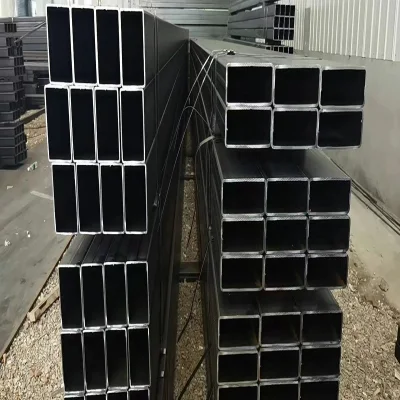
Wall Thickness Options
One crucial aspect of rectangular tube design is the wall thickness which determines its strength and rigidity. Wall thickness options vary depending on factors such as material composition, intended application, load-bearing capacity requirements, and manufacturing methods employed.
Thicker walls provide enhanced durability and resistance to external forces but may add weight to the structure. Conversely, thinner walls reduce overall weight without compromising structural integrity but may not be suitable for heavy loads or strenuous conditions.
Rectangle Pipe Size List
Side | Side | Thickness |
mm | mm | mm |
12 | 25 | 0.6-1.0 |
15 | 30 | 0.6-2.0 |
20 | 40 | 0.6-2.0 |
30 | 40 | 0.6-2.3 |
30 | 50 | 0.6-2.3 |
25 | 50 | 0.6-2.3 |
38 | 75 | 0.6-2.3 |
40 | 60 | 0.6-2.3 |
50 | 75 | 0.9-2.3 |
40 | 80 | 0.9-2.3 |
50 | 100 | 0.9-2.3 |
50 | 150 | 0.9-2.3 |
Tube Formation Methods
Hot Rolled Method
The hot rolled method is a widely used technique for manufacturing rectangular tubes. In this process, a steel billet, heated to extreme temperatures, is passed through a series of rollers to obtain the desired shape. One of the main advantages of the hot rolled method is its ability to produce large quantities of rectangular tubes at a rapid pace.
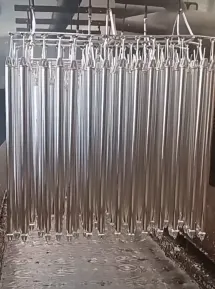
This makes it highly cost-effective for mass production. Despite its efficiency, the hot rolled method has certain disadvantages to consider.
Firstly, due to the high temperatures involved in the process, there may be some variations in dimensions and surface finish. However, these discrepancies can often be rectified through subsequent machining or finishing processes.
Secondly, because this method involves rolling the steel billet at elevated temperatures, it leads to grain growth within the material which can affect its mechanical properties. Hot rolled rectangular tubes find applications in various industries due to their robustness and structural integrity.
They are commonly used in construction projects as load-bearing members for structures such as buildings and bridges. Additionally, they are employed in infrastructure elements like roof trusses and scaffolding systems where strength and durability are key requirements.
Cold Rolled Method
The cold rolled method of forming rectangular tubes involves passing a steel strip through consecutive sets of rollers at room temperature until it attains the desired shape and dimensions. Unlike the hot rolled process, this technique provides more precise control over dimensional accuracy and surface finish.
The resulting rectangular tubes have smoother edges and consistent thickness throughout their length. One significant advantage offered by cold rolling is that it increases material strength while maintaining good formability characteristics.
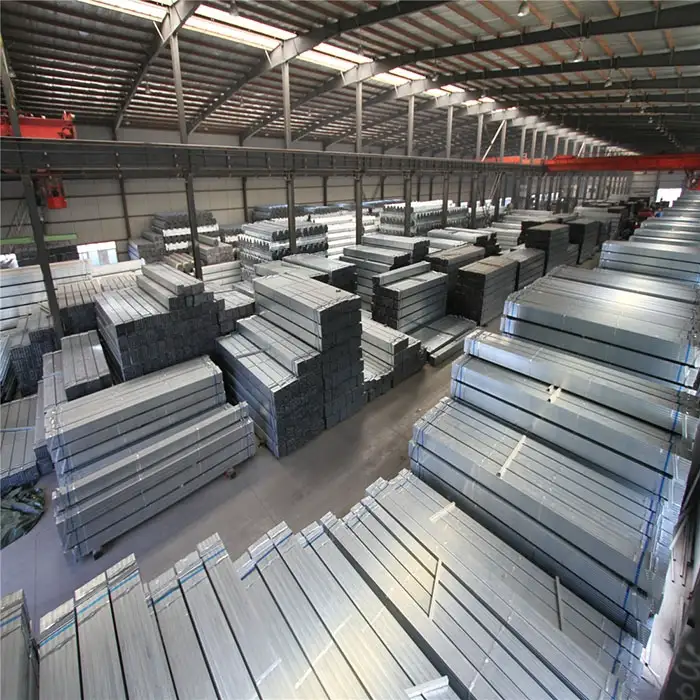
Additionally, it results in improved surface quality with minimal oxide scale formation or residual stress buildup during manufacturing. Cold rolled rectangular tubes find extensive use in industries where aesthetic appeal is crucial along with structural strength.
For instance, they are commonly employed in automotive manufacturing for the production of chassis components, roll cages, and exhaust systems. Furthermore, cold rolled tubes are also utilized in the furniture industry to create elegant and sturdy frames for tables, chairs, and shelving units.
Additional Manufacturing Techniques
Welding Methods
Once the rectangular tube is formed using either hot or cold rolling techniques, it may undergo welding to join multiple sections together or attach additional components. Various welding methods can be employed depending on the specific requirements of the application.
Common techniques include Electric Resistance Welding (ERW), Tungsten Inert Gas (TIG) welding, and Metal Inert Gas (MIG) welding. ERW involves passing an electric current through the edges of two abutting tubes to heat and fuse them together.
TIG welding utilizes a non-consumable tungsten electrode to generate an arc that melts the parent material while a separate filler metal is introduced into the joint as needed. MIG welding employs a consumable wire electrode that melts and fuses with the base metal under a shielding gas for protection against atmospheric contamination.
Surface Treatments
Rectangular tubes often require surface treatments to enhance their corrosion resistance and improve appearance. Galvanization is a commonly employed technique where a layer of zinc is applied onto the surface through either hot-dip galvanizing or electroplating methods.
This process creates a protective barrier that prevents oxidation of the underlying steel. Powder coating is another popular surface treatment method where a dry powder paint is electrostatically applied to the tube’s surface before being cured under heat.
This results in a durable coating with excellent adhesion properties and provides an array of color options for customization. By employing various welding methods and surface treatments, manufacturers can further enhance both functional and aesthetic aspects of rectangular tubes to meet specific industry requirements.
A Construction Industry
Supporting the Structures: Rectangular Tubes in Buildings and Bridges
Rectangular tubes play a crucial role in the construction industry, providing structural support for buildings and bridges. With their inherent strength and rigidity, these tubes are ideal for bearing heavy loads and ensuring stability. In building construction, rectangular tubes are commonly used as columns, beams, and purlins.
Their versatility allows them to be easily integrated into various architectural designs. Another significant application of rectangular tubes in the construction industry is in the fabrication of frames for windows, doors, and curtain walls.
These frames provide not only structural integrity but also contribute to the aesthetics of the building. The straight edges of rectangular tubes allow for precise assembly and seamless integration with other materials such as glass or panels.
Rectangular tube trusses offer remarkable load-bearing capacity while maintaining a visually appealing design. Scaffolding systems rely on rectangular tubes for their durability and ease of assembly.
Automotive Industry
Chassis components form an essential application area for rectangular tubes in the automotive industry. They provide a solid foundation for vehicles by offering structural integrity while keeping weight to a minimum. Rectangular tube chassis frames contribute to enhanced handling characteristics, improved crash safety measures, and increased overall durability.
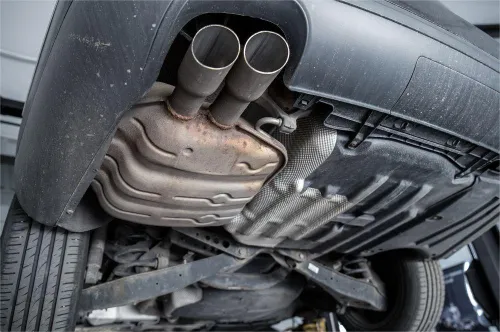
The rectangular shape of the tubes ensures optimal strength distribution and ease of installation. Rectangular tubes also find application in exhaust systems, providing a reliable conduit for guiding exhaust gases away from the engine.
Furniture Industry
Rectangular tubes are often utilized in the construction of chair backs, armrests, and legs, ensuring long-lasting furniture pieces that stand the test of time. In the furniture industry, shelving units often rely on rectangular tube frameworks to provide strong support for storing various items.
